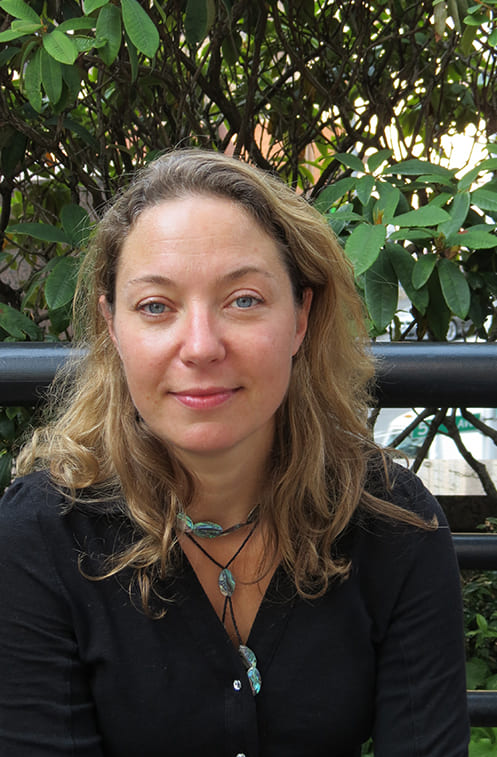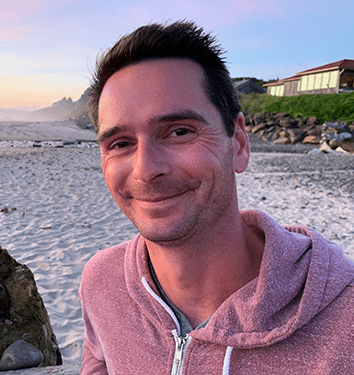in Seattle
Seattle is well known for its heavy rainfall. With one hundred and fifty days of rain a year, the city gets around thirty-seven inches of rainwater annually.1
However, Seattle’s rain is changing. Extreme rainstorms have increased by 30 percent in Seattle since 2003.2 The growing climate crisis has intensified the levels of rain, which—combined with rising sea levels—is contributing to flooding that causes disruption and disturbances across the city.
This includes flooded homes and blocked roads, preventing people from performing regular daily activities, and causing emotional distress and expensive property damage.
During heavy rains, rainwater can enter sewer pipes causing them to fill and backup into people’s homes and businesses. Not only does this cause damage to property, but it poses a serious risk to sanitation and public health safety.
Many of the neighborhoods suffering the worst impacts of flooding are populated by low-income, immigrant families and underserved minority groups.

Alongside heavy rain, the water along Seattle’s Puget shoreline has risen by more than six inches in the past century. 3 As global temperatures continue to rise, it’s estimated that Seattle will experience ten inches of sea level rise by 2050. 4
In response to these climate impacts, Seattle’s city government partners with customers and communities to use flexible and resilient stormwater approaches like green stormwater infrastructure (GSI). This infrastructure is designed to collect, slow, and treat stormwater to reduce flooding. One of those programs, RainWise, is designed to empower customers and communities to implement simple solutions that help manage increased stormwater in their neighborhoods.

Turning Stormwater Runoff into Stormwater Soak In
Since 2010, the City of Seattle has been implementing RainWise, a resilience-building intervention that reduces stormwater in sewers during heavy rains. The program encourages homeowners to take simple steps in their homes and gardens to install green stormwater infrastructure and implement measures including
- planting water-absorbing trees (i.e., conifers);
- reducing paved areas or impermeable surfaces in gardens and drives;
- improving soil quality to increase stormwater absorption with compost and mulch;
- introducing permeable pavements such as porous flagstones or gravel that absorbs stormwater;
- installing a cistern that can collect rainwater for use in the home and garden;
- building a rain garden,a shallow depression that can hold stormwater; and
- digging a rock-filled trench in the garden that can absorb stormwater;
These measures allow stormwater to soak into the ground or be collected, rather than run off roofs and gutters, which can lead to further flooding and divert wastewater back into the local waters.
The RainWise program is promoted online, in postal mailings, at community events, and through “I’m RainWise” signs at project sites.
Seattle Public Utilities, which runs the RainWise program with King County’s Wastewater Treatment Division, offers a rebate to residents in targeted sewer basin locales to cover the costs of the two more expensive interventions: installing a cistern and installing a rain garden.
To participate in the program, customers determine their eligibility on the program website; eligible properties are in parts of the city where stormwater enters sewer pipes. Some of Seattle’s newly-built buildings are already adapting to comply with the current stormwater code.
If a homeowner is eligible, they can initiate a cistern or rain-garden installation from a list of approved contractors working with Seattle Public Utilities. The homeowner selects a contractor to perform a home visit and installation.
The rebate can be up to $4 per square foot of rooftop runoff, and the average rebate is $4,198. Since 2010, RainWise has provided $8.5 million in rebates to property owners, demonstrating its broad reach and use across the city.
Over 2,100 RainWise projects have been completed, collectively managing over twenty-nine million gallons (sixty three acres of roof surface) of stormwater annually.
The program contributes to Seattle’s goal of managing seven hundred million gallons of stormwater annually using green stormwater infrastructure by 2025.

Green Stormwater Infrastructure
The RainWise program is making Seattle greener and positively impacting people’s emotional and physical wellbeing.
Alongside the RainWise Program, Seattle Public Utilities is expanding investments in green stormwater infrastructure. These include designing rain gardens, floodable public open space, creek floodplain improvements, and stormwater capture and reuse.
As the City of Seattle addresses stormwater challenges and long-term system resilience, investments will focus on reducing impacts in the most vulnerable areas, building community-centered partnerships and investing in neighborhoods that have experienced historic disinvestment.

